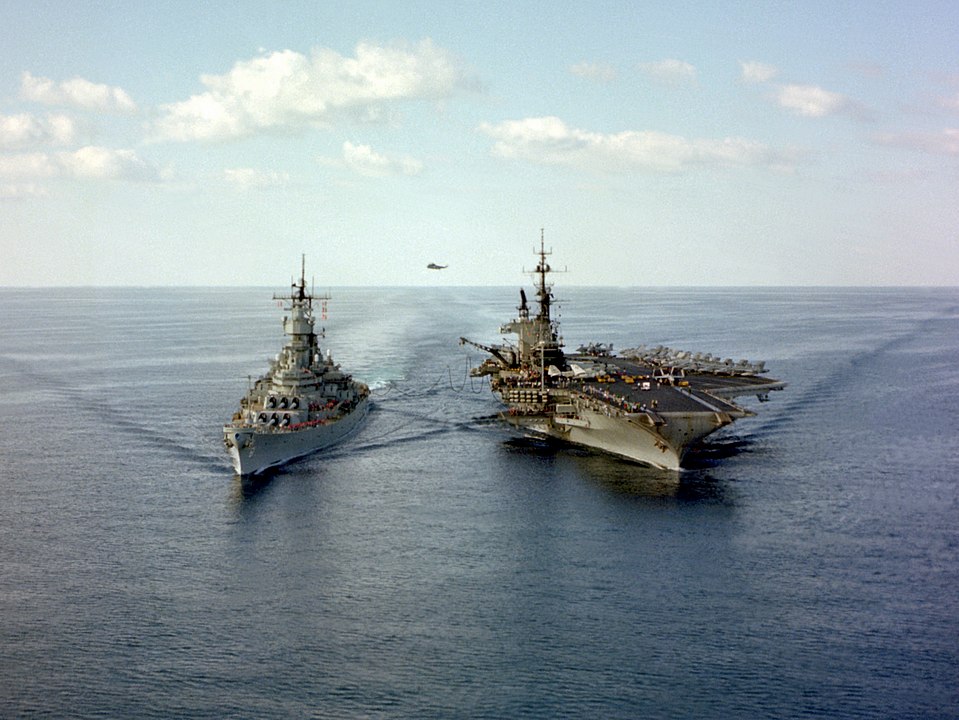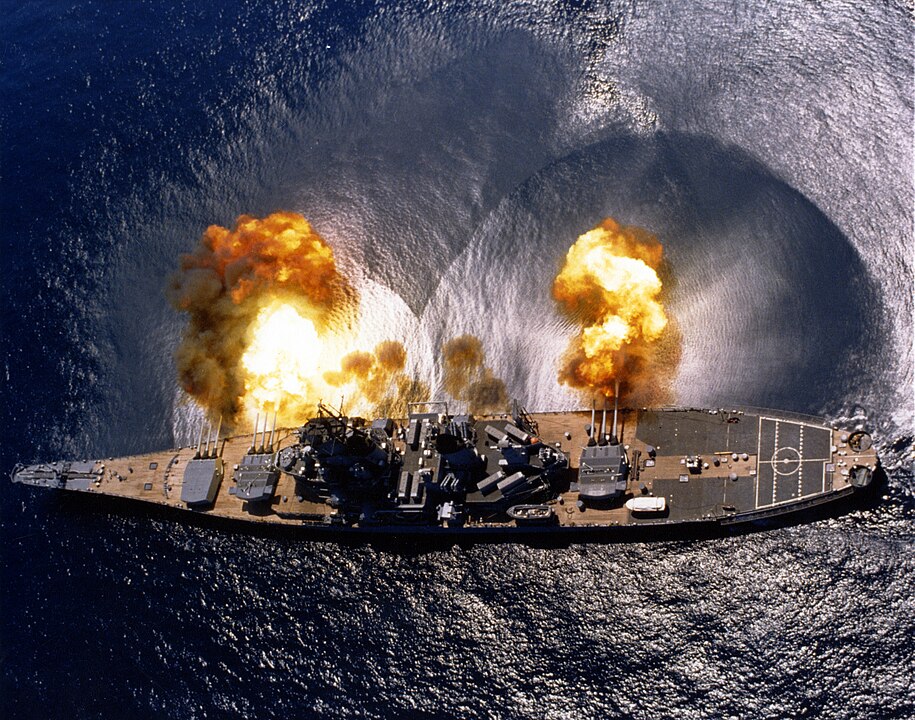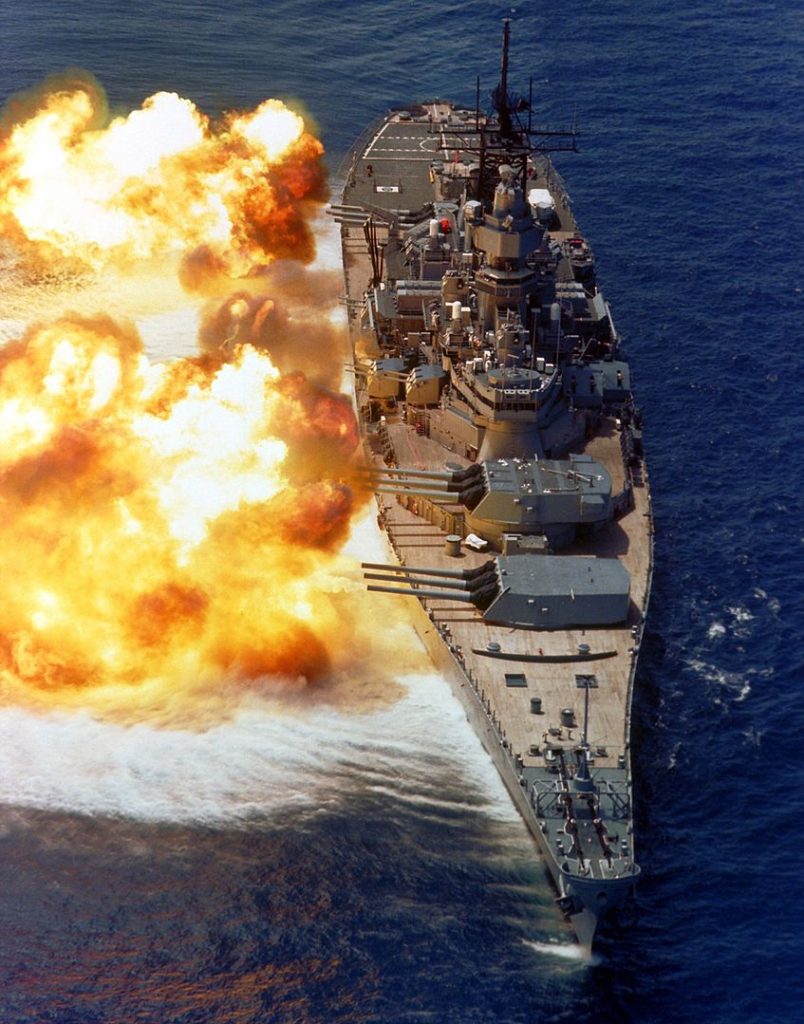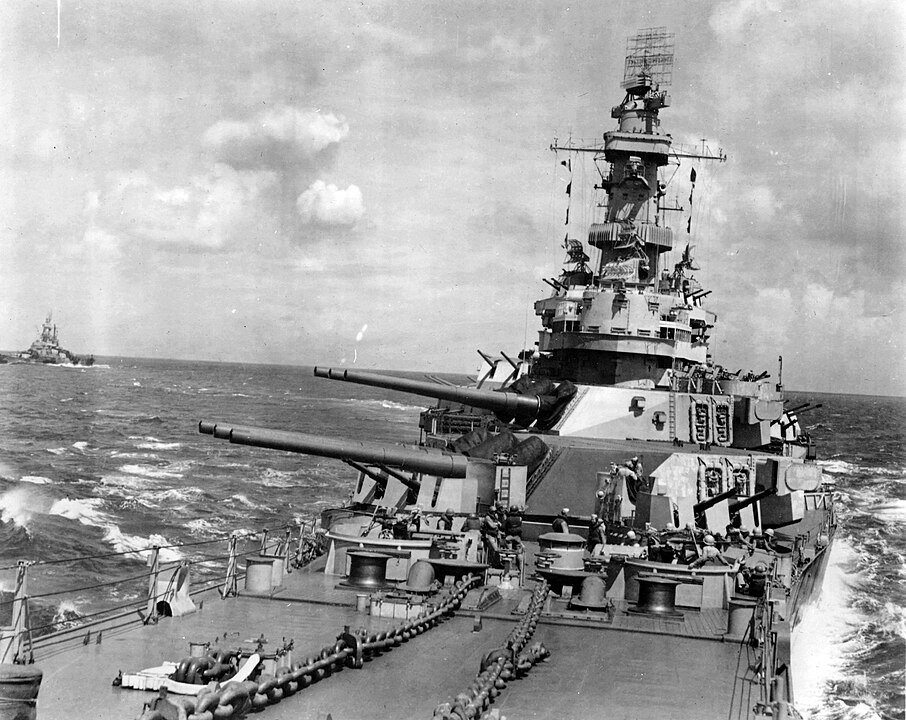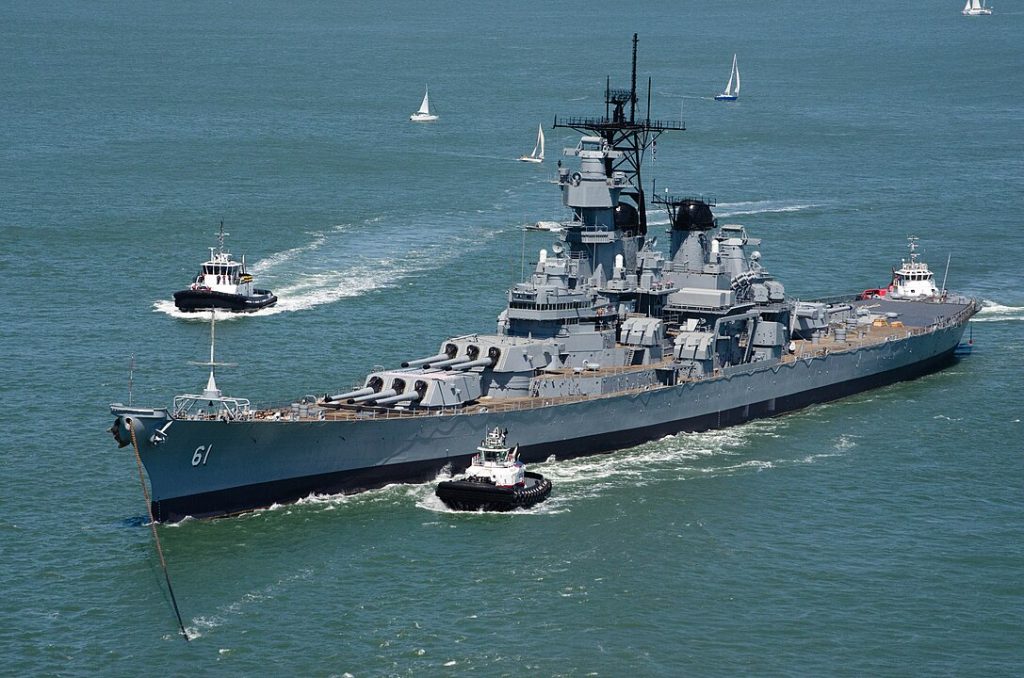
In a move that has revived a page from naval history, the U.S. Navy has brought two legendary battleships back into the fold. The Iowa (BB-61) and Wisconsin (BB-64) have been reinstated on the Naval Vessel Register (NVR), eliciting mixed reactions about their viability and the immense costs associated with such a decision. These formidable warships, once the pride of the U.S. fleet, were officially returned to the NVR on December 30, 1997, after significant lobbying efforts and a critical vote by the Senate Armed Services Committee on June 29, 1995.
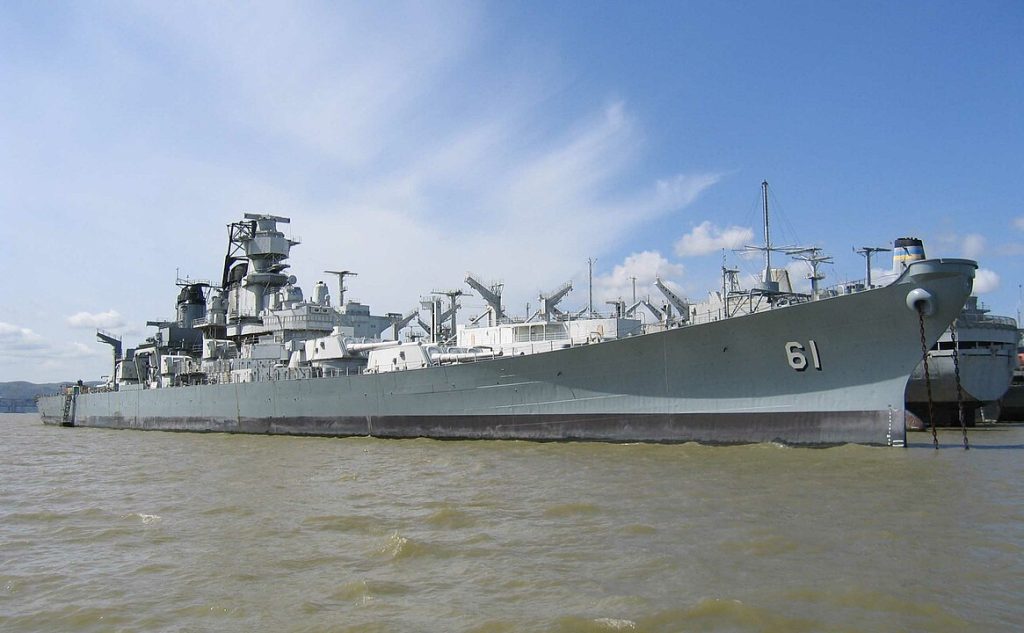
The Marine Corps, which previously would have been a staunch advocate for the heavy fire support capabilities of these battleships, did not strongly protest their decommissioning nor did they actively champion their retention.
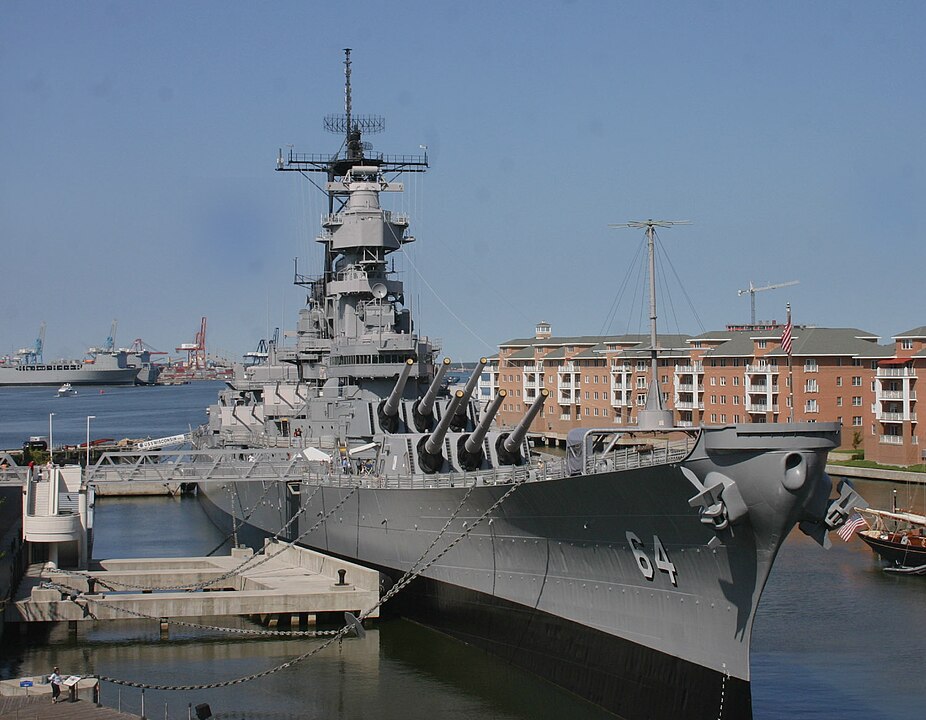
Strikingly, the Iowa-class battleships’ 16-inch guns, with a maximum range of 27 miles, seem anachronistic against the backdrop of modern warfare tactics. Today’s naval doctrine emphasizes over-the-horizon assaults, deploying MV-22 Ospreys and helicopters from distances upwards of 25 miles from shore, rendering the battleship’s firepower increasingly irrelevant.

Alternatives to the battleships’ guns have already made their mark or are on the horizon. The Winston Churchill (DDG-81) will soon bring the 5-inch/62-caliber gun into service, capable of striking targets 63 nautical miles , and by 2008, the vertical gun for advanced ships (VGAS) is expected to further extend that reach. Moreover, missile systems like the Army Tactical Missile System and Tomahawk variants promise greater range and payload flexibility from cruisers and destroyers.
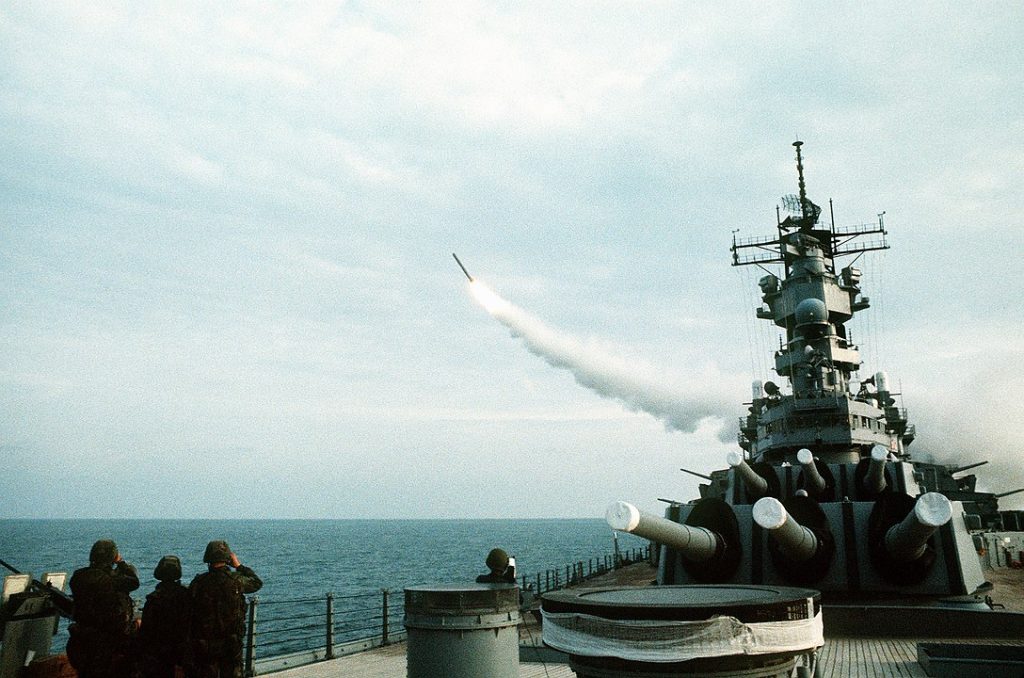
Despite these advancements, the commitment to resurrect these naval giants stands firm, though not without considerable fiscal implications. Reactivating these ships carries a staggering price tag potentially exceeding $1 billion, more than the cost of a new Aegis destroyer armed with 90 missiles. Beyond the financial strain, the logistical hurdles in retrofitting these vessels with modern systems, finding qualified crew for their outdated weaponry, and the extensive training required compound the challenges.
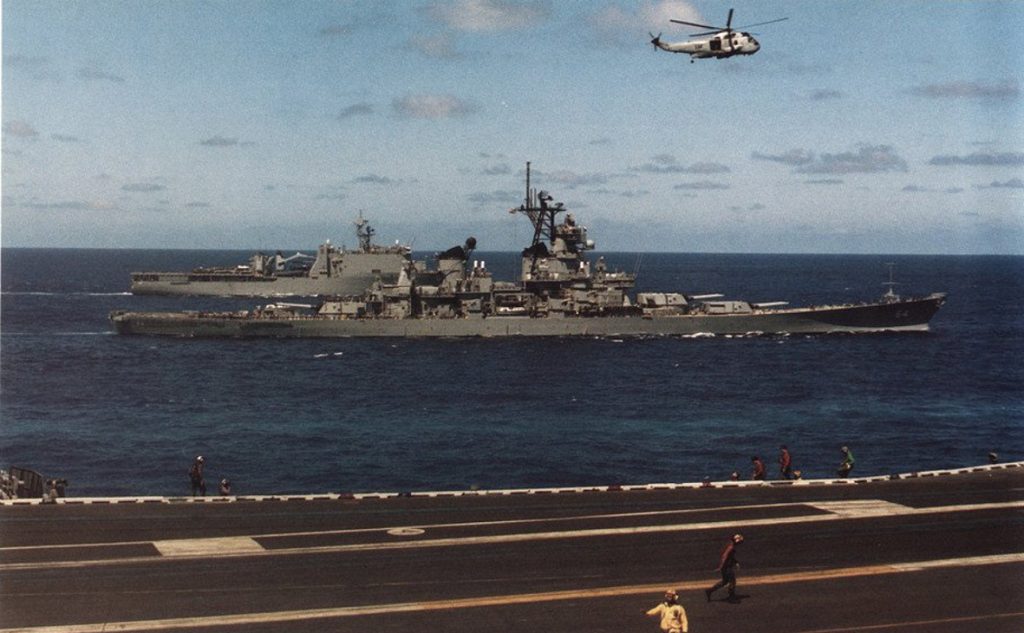
The concerns are multi-fold: from the limited number of available 16-inch barrel liners to the industrial costs of producing more, and the high-value risk of positioning these ships close to shore in conflict zones. Each battleship demands a crew of 1,600, enough to man approximately ten of the more technologically advanced Arleigh Burke (DDG-51)-class destroyers.
related images you might be interested.



